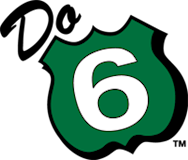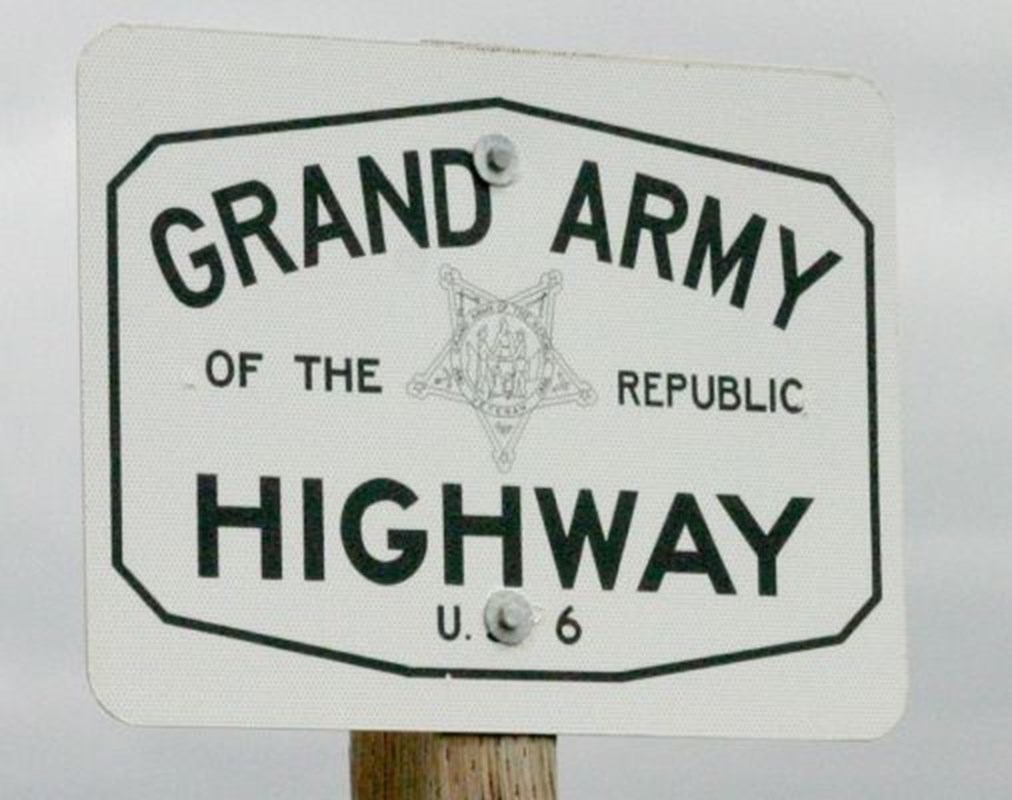PA Route 6: A Highway Named for an Army
After the Civil War, veterans of the “late unpleasantness, like veterans of many wars before and since, faced the task of returning to families, friends and jobs. The initial joy and relief of the war’s end gave way to everyday routines. But as the veterans returned to their communities, changes resulting from the war strained social structures that had been eroded by the conflict. In addition to the veterans, widows and orphans needed attention, as well as newly freed black veterans and their families. Veterans needed jobs, and they missed the companionship of their fellow soldiers.
Veterans of the Civil War joined together, first informally, into organizations based on the need for the continued camaraderie of friendships forged in battle. One of these, the Grand Army of the Republic (GAR) emerged as a powerful political force. By 1890, it had more than 409,000 members.
Benjamin F. Stephenson founded the GAR in Decatur, Illinois on April 6, 1866. Membership was limited to honorably discharged veterans of the Union Army, Navy, Marine Corps and Revenue Cutter Service who had served between April 12, 1861 and April 9, 1865. “Posts” were established at the community level with their own elected officers.
The GAR became a serious political body and was the most powerful single-issue political lobby of the late 19th century. The GAR was among the first organized advocacy groups in American politics. They supported voting rights for black veterans, promoted patriotic education, helped make Memorial Day a national holiday, and lobbied Congress to establish regular veterans’ pensions.
Five members of GAR were elected President of the United States: Ulysses S. Grant, Rutherford B. Hayes, James A. Garfield, Benjamin Harrison, and William McKinley. All five were Republicans, and fellow Republican candidates vied for the endorsement of GAR.
The organization met annually for a National Encampment. The final encampment was held in Indianapolis, Indiana in 1949, and the last member, Albert Woolson, died in 1956 at the age of 109. At his death, Woolson was recognized as the last surviving Civil War veteran.
The Sons of the Union Veterans of the Civil War was the natural heir to the GAR. They lobbied strongly to have a transcontinental highway designated as the Grand Army of the Republic Highway as a memorial. In 1937, U.S. Route 6 officially became a transcontinental highway. In 1948, the Pennsylvania legislature recognized U. S. Route 6 in the Commonwealth as the Grand Army of the Republic Highway, and in 1953, the entire length of U.S. Route 6 received that recognition.
Throughout the 1960s and 1970s, Grand Army of the Republic Highway signage slowly disappeared from the route. The 1990s brought a renewed interest in the name, though, and today there is signage honoring the Grand Army of the Republic Highway in all 14 states through which U.S. Route 6 passes, including a placard just beyond the intersection across from the PA Route 6 Alliance main office in Galeton.


